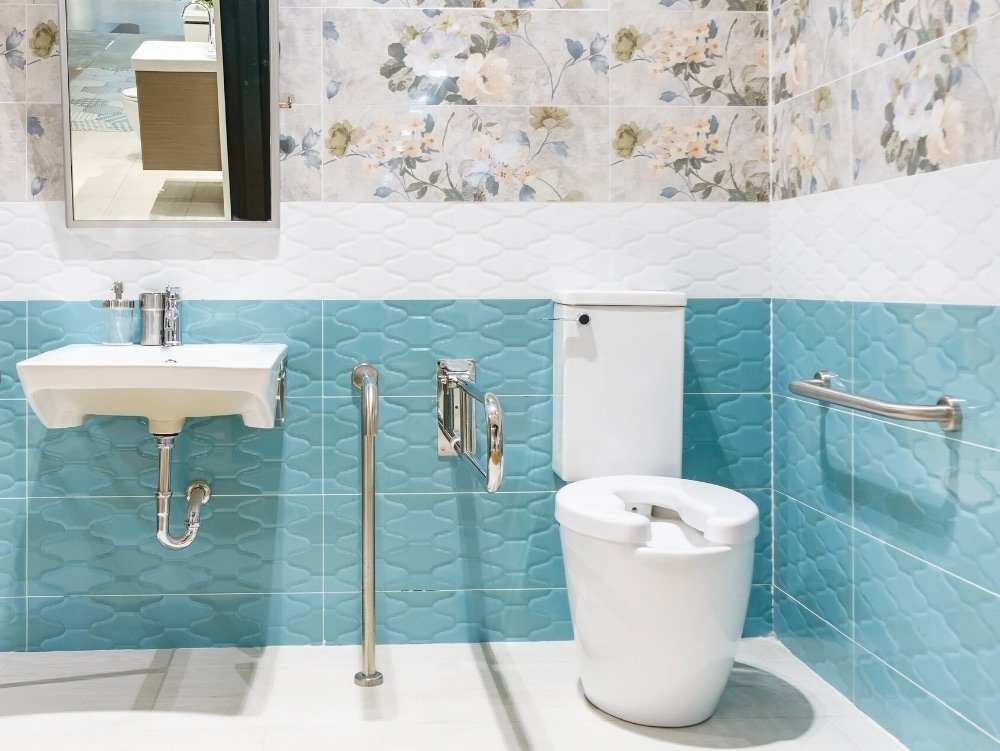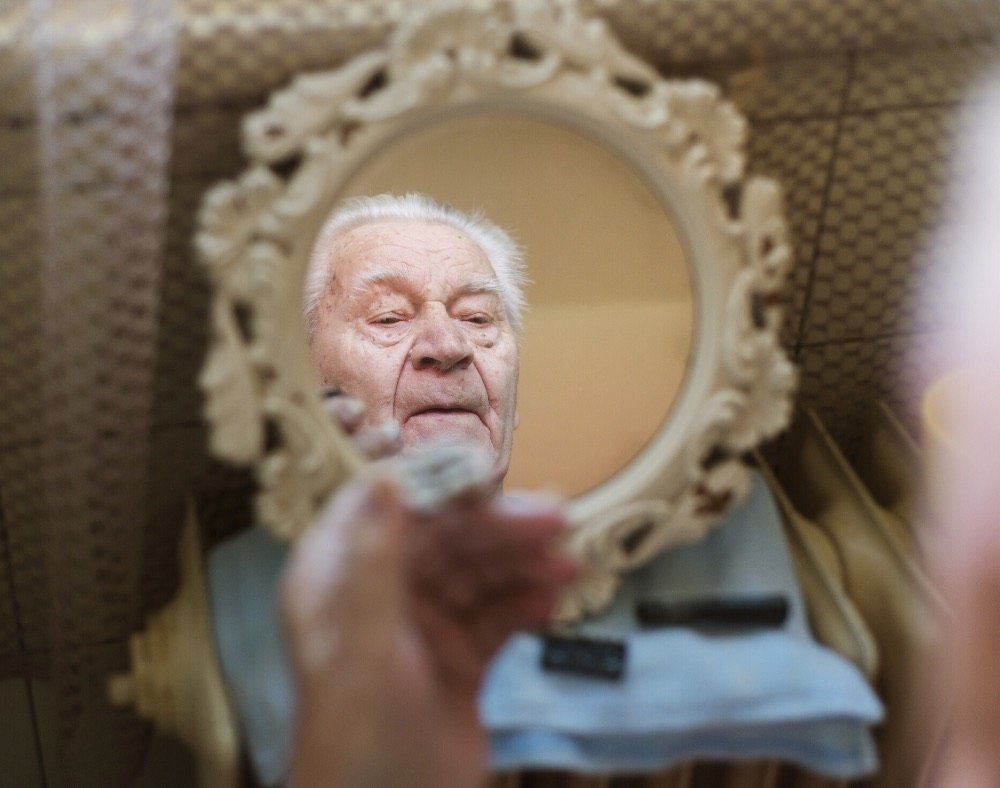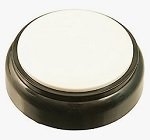Living in your own home gives everyone more independence and if your loved one has dementia this is definitely something you would like them to do for as long as possible. Making your home dementia friendly will bring bonuses and these include the fact that you will both be able to continue with your usual routine and shared activities plus family and friends can drop in and say ‘hello’ whenever.
Modifying your home will help make it physically safe for your loved one and also more mentally stimulating. Importantly, the changes will help minimize their feelings of anxiety and frustration.
Making Your Home Dementia Friendly

Why you need to make your home dementia friendly?
The Age UK website explains why it is essential to make some changes to your home when your loved one has dementia-
Dementia can affect a person’s memory and ability to coordinate, recognize objects, and interpret their environment. In addition, they may have other health conditions which can affect their sight, mobility, and independence. This can have a significant impact on the person’s daily life including how they function within their own home. However, with some simple adjustments you can make a home easier to manage and more ‘dementia friendly’. AgeUK.com
Before you begin adapting your home to make it dementia friendly, it is best to discuss ideas with your doctor and other health professionals who care for your loved one, as each person with dementia is different, with different needs and challenges.
Here is our list of 8 points for consideration: –
1. Make mobility easy

It is important that your loved one can navigate around your home easily, especially if they have mobility issues and are using a walking frame.
When making your home dementia friendly, it is important to check the layout of your furniture to ensure that it is as straightforward as possible. Less is definitely more, and it is important to have wide clear spaces leading to the bathroom, bedroom and kitchen.
- Remove all rugs as they will be a trip hazard
- Patterns and colors can be confusing so best to keep patterns to a minimum and ensure that the color of your floors contrasts with that of the walls.
- Make your stairs save by painting the handrail a strong contrasting color and outlining the edges of each stair with the same color.
- If you are making changes to your floor colors with a pot of paint, choose colors that cannot be mistaken for anything else- black could look like a hole and blue could be mistaken for water etc.
- Matt flooring is best as a person with dementia can easily think that a shiny floor is wet and dangerous.
- Ensure all flexes are firmly fixed so that they are not a trip hazard.
- Some people with dementia find mirrors disorientating and even upsetting if they do not recognize themselves, so it is best to check their positioning.
2. Making your home dementia friendly by streamlining your home
- Minimize the number of modern gadgets you use as they can be confusing.
- Minimize soft furnishings including cushions and throws.
- Allocate one drawer for all important items such as car keys, glasses.
- Stick picture labels on the important drawers and cupboards to help your loved one find things. Always stick them a little lower than normal as dementia patients tend to look downwards.
- Lock all hazardous items away.
- Keep the doors between all rooms open and stick a picture label on each door in case your loved one feels disorientated.
3. In the kitchen/ dining area

- Make sure that all frequently used items are easy to locate such as using brightly colored tea towels and hand towels.
- Check that all appliances are as safe as possible using sensors and safety timers.
- Use plastic wherever possible for storage in the kitchen.
- Patterned plates can be confusing so plain ones are far better to use and white is ideal as the food will be easy to see.
- Keep table settings as simple as possible with plain colored place mats or tablecloth.
- Limit distractions at mealtimes such as the television.
4. In the bathroom

- Pin a drawing on the door that clearly shows that it is the bathroom/ toilet. If you have a separate toilet, do the same on the door.
- Remove the door lock and replace with a hanging two-sided card – one side red and the other, green which can be easily flipped over.
- Make sure all personal hygiene products are easily accessible.
- Place all medication in a locked cabinet.
- Make sure hot and cold taps are clearly marked.
- Install grab rails for your bath or shower.
- Make sure the non-slip bathmat is in a contrasting color along with the shower curtain and toilet seat for easy recognition.
- Make sure that the roll of toilet paper is within easy reach from the toilet seat.
- Clearly mark the toilet flush so that it can be easily located.
5. In the bedroom
- The path from the bed to the toilet should be easy to negotiate at any time of day or night.
- Invest in some night lights to lead the way to the toilet.
- Choose a plain contrasting color for bed linen so that the bed is easy to find.
- Install touch bedside lamps as they are easier to use.
6. Lighting
 Lighting is very important for someone with dementia as it helps to define the day from the night, and this helps to relieve their anxiety as dusk falls.
Lighting is very important for someone with dementia as it helps to define the day from the night, and this helps to relieve their anxiety as dusk falls.
This is a well-known problem and is called ‘late day confusion’ and can cause confusion and agitation. It is triggered by the changing amount of daylight.
Using lights with dimmer switches in your dementia friendly home will mean that you can make the transition from day to evening much more gently and this will help your loved one.
- Ensure that all your windows are clean and that they let in the maximum amount of natural daylight.
- Always close curtains at night.
- Guide the way to the toilet and on the stairs using additional lighting or automatic light sensors.
- Make sure all light switches are easily accessible and that they are obvious as they are painted in a contrasting color.
7. Family and friends
 It is important to keep your loved one engaged, but they may well need help to remember faces and names.
It is important to keep your loved one engaged, but they may well need help to remember faces and names.
- Keep a large calendar with all your appointments and family plans written on it.
- Invest in a large digital clock which gives the day, date and time plus states whether it is ‘am or ‘pm’.
- Make sure your telephone is easy to use with large buttons. Add family telephone numbers into the phone’s directory. Make a large poster with the person’s name, photograph and number on the autodial.
- Keep plenty of photographs around and pin captions on the frames explaining the occasion and the date.
- Pin a list of emergency telephone numbers on the wall by the telephone.
8. Out in the garden
Your loved one will definitely benefit from spending time outside in the fresh air and if they enjoy gardening, this is an ideal activity for them to continue.
- Ensure all pathways and lawns are flat to avoid falls.
- Make sure the garden is secure so that there is no chance for them to wander.
- If your loved one has mobility difficulties but loves gardening, consider having a flower bed raised for them to enjoy.
- Create a nice sheltered outside sitting area so that you can spend more time outside together.
- If you are planning to use the garden in the evening, is the lighting adequate?
Keep reviewing the situation
 As your loved one’s dementia progresses, it is important to keep reviewing how safe your home is and whether any further adjustments need to be made.
As your loved one’s dementia progresses, it is important to keep reviewing how safe your home is and whether any further adjustments need to be made.
Keeping an eye on your loved one’s general health is important. Have their eyes and hearing regularly tested and ensure that they wear good fitting shoes – even indoors as this helps reduce the chance of falls.
Regular podiatry appointments will help keep their feet in good condition too. Try and keep them as active as possible and certainly ensure they do some appropriate exercises every day.
These should include getting up from their favorite chair and sitting down in it and also getting in and out of bed as safely as possible.
Final thoughts – Making your home dementia friendly
Making your home dementia friendly will certainly be a challenge but is something well worth doing as it will ensure that your loved one enjoys the best quality of life – at home with you….
An excellent free fact sheet on making your home dementia friendly is available online from
the Alzheimer’s Society in the UK.
















